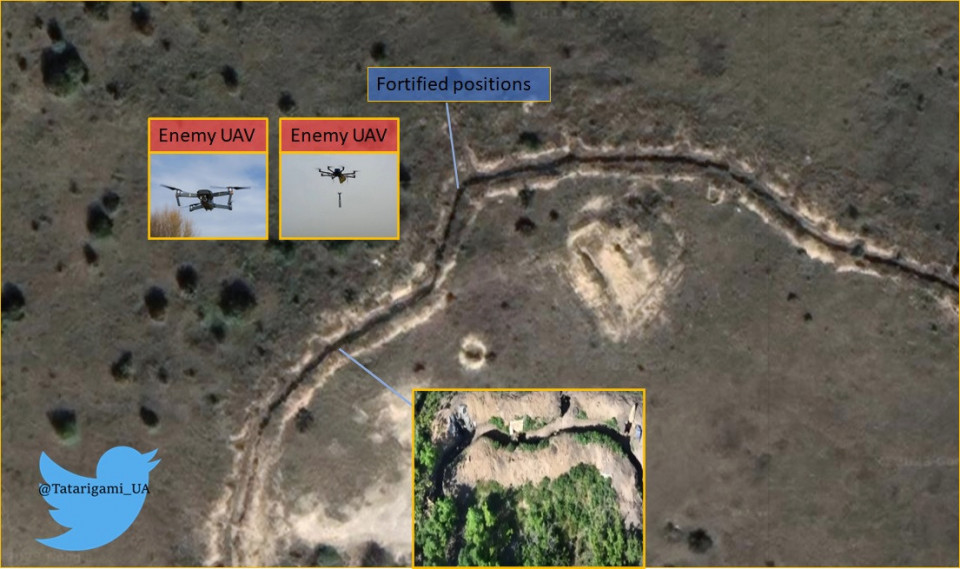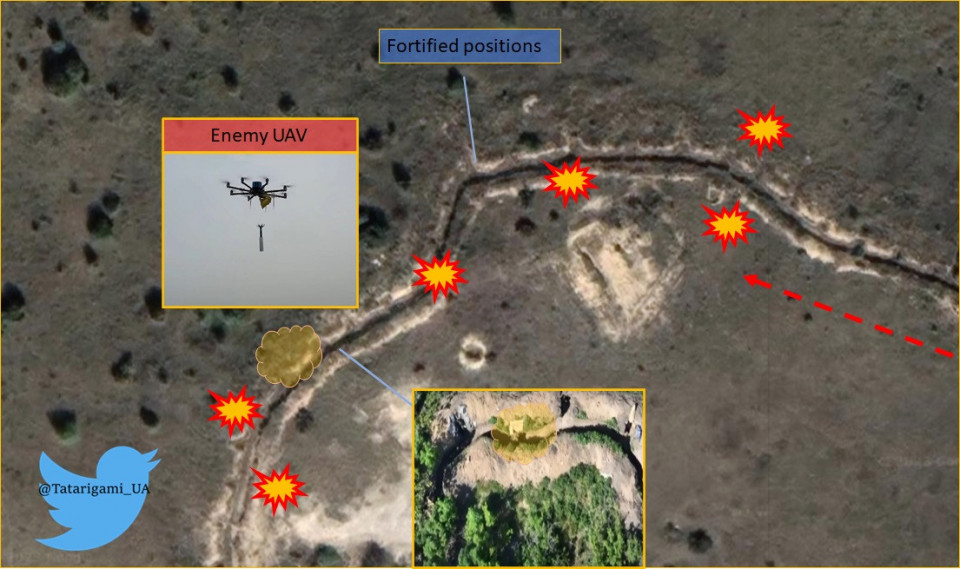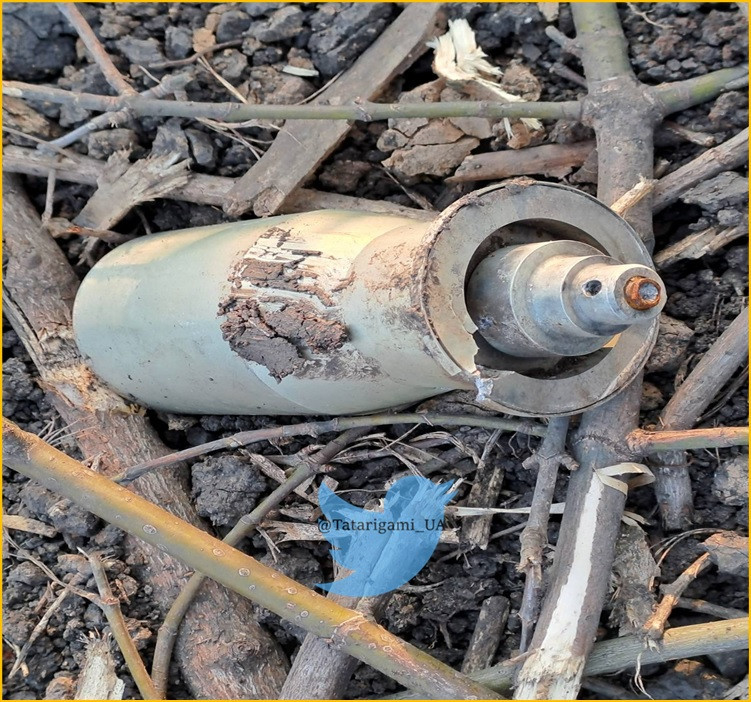
Russian tanks' destruction rate is much higher than their production rate. Serhiy Zgurets column
Russia can produce only 400 tanks per year, while during the 13 months of war against Ukraine, it has already lost 3,595 units
Russia’s statements of tank production
The Kremlin's latest statements regarding tank production for the Russian Federation demonstrate a severe detachment from reality. Deputy Security Council member Medvedev, who frequently threatens nuclear retaliation for crossing his perceived "red lines," claimed that Russia would produce 1,500 tanks this year. Putin later stated that 600 tanks would be produced within three years, surpassing the number of Western tanks in Ukraine. However, these claims do not align with reality.
Even under the most optimistic estimates, Uralvagonzavod, the largest Russian enterprise, can produce only about 20 tanks per month, and in reality, the number is likely to be much lower due to a shortage of components ranging from electronics to foreign bearings. Additionally, at three other repair plants in Russia, only 20-40 tanks can be repaired or restored per month. Thus, at current production capacity, a total of 400 tanks, including new and modernized T-62 and T-55 models, can be produced per year.
During the 13-month war, Ukrainian soldiers destroyed 3,595 Russian tanks, including 15 on March 25 alone. This indicates that the rate of tank destruction is much higher than the enemy's claims and ambitions of increasing production. It is unclear why Putin and Medvedev are falsely inflating the number of tanks produced. It is possible they are attempting to reassure the Russian people that there is no need for panic due to the lack of weapons, or to persuade the West to allocate fewer military resources in support of Ukraine by suggesting that Russia has an unlimited supply of replicating weapons.
However, according to Ukrainian military intelligence, Russia's defense-industrial complex only has a two-year safety margin, indicating that it is far from limitless.
Russians use tear gas
However, the enemy is not only lying but also treacherous as they have started using tear gas on the battlefield. This tactic is gaining momentum and has been reported by a Ukrainian military personnel who goes by the nickname Tatarigami on Twitter. He described several ways in which tear gas is being used by the Russians, including the use of hand-held K-51 tear gas aerosol grenades and homemade devices.

One of the tactics involves the use of drones to drop tear gas grenades on Ukrainian fighters who are in their dugouts, forcing them to flee.

Another drone may then fly up and drop fragmentation grenades on the exposed fighters. Alternatively, the enemy may use mortars to hit the Ukrainian positions and then attempt to storm their trenches.

Fortunately, countering this threat is relatively straightforward, as military gas masks provide excellent protection. The critical issue is ensuring that soldiers have access to these masks.
Russia’s nuclear threats
Russia is once again playing the nuclear card. On Saturday, Putin announced his plans to deploy tactical nuclear weapons in neighboring Belarus. He stated that in April, Russia will begin preparing calculations for the Iskander nuclear defense missile system, which it had previously transferred to Belarus, and that by July, it will construct a special storage facility for tactical nuclear weapons in Belarus. Putin insists that these actions will not violate any obligations under the treaty on strategic offensive weapons.
NATO has denounced Russia's rhetoric as dangerous and irresponsible, while Ukraine's Ministry of Foreign Affairs has called for an urgent meeting of the UN Security Council to coordinate an effective response to what they see as the Kremlin's nuclear blackmail, with support from Great Britain, France, the United States, and the People's Republic of China.
There is a history of nuclear weapons being used as a bargaining chip in relations between Russia and Belarus. Last year, Lukashenko claimed that they had planes capable of carrying tactical nuclear weapons, specifically the Su-25. This was surprising, as these planes are subsonic and slower than traditional nuclear carriers like the Su-27 and MiG-29. Nonetheless, Belarus chose to focus on the Su-25. Although Belarus has given up its nuclear weapons, there were mobile complexes that could launch strategic missiles from any location. When the decision was made to remove these complexes, Belarus kept them until recently.
Oleksiy Yizhak, an analyst at the National Institute of Strategic Studies, suggests that the Russian Federation is resorting to these actions because it has exhausted all other means of blackmail. It seems that this decision has been in the making for some time. The primary issue is the absence of an agreement with the People's Republic of China concerning conventional weapons, and Putin's recent mention of nuclear weapons suggests that Russia did not receive the necessary support in this regard. This presents a significant problem, as Lukashenko must be included in any nuclear function. Lawyers suggest that this is about controlling such weapons. If control is not possible, basing is the next option. While there are additional treaties governing strategic nuclear weapons, from the 1970s, it is written that nuclear weapons cannot be based outside national territory, except for submarine refueling. There is no direct ban on tactical nuclear weapons. Within the limits of NATO special procedures, there are US weapons in Europe, approved during the USSR. This provision also prepares for the termination of the Non-Proliferation Treaty. However, there are nuclear presidential initiatives, which are policy documents written by George W. Bush and Mikhail Gorbachev in 1991, supported and strengthened by Boris Yeltsin. The crux of the matter is that most tactical nuclear weapons have been destroyed for ground troops, missiles, and artillery. The remainder is stored in central warehouses and has been significantly reduced; it should not be on surface ships or aircraft.
Oleksiy Yizhak believes that the Russian Federation will declare that it is following NATO's lead and replacing fighter jets. Countries with American nuclear weapons have some crews and aircraft that can perform these missions but belong to their own armed forces. The tricky issue is that NATO allies have procedures to prepare for the Non-Proliferation Treaty's expiration, but they are not violating anything. The Russian Federation is referring to unknown planes, and this is a rhetorical escalation. Putin's most significant statement is the preparation of a base in the Republic of Belarus for the placement of nuclear weapons. The Russian Federation does not want to violate the president's nuclear initiatives, but it will continue to store weapons at central bases, with the armed forces and crews prepared after the Ukrainian counteroffensive. If the Russian Federation wanted to raise nuclear stakes, it would announce the creation of new storage facilities near Ukraine's borders, transfer some nuclear weapons, and prepare for nuclear war. It is odd to suggest that the Republic of Belarus will start a war, and it is stated that this will occur after the primary battlefield events, which is earlier than July 1. On the one hand, this will necessitate dealing with NATO's nuclear procedures, which Putin references. He will claim that this is their and Belarus' symmetrical response to the actions of the USA and Germany. This is not the case, as the procedures in Germany and the USA appeared before the Non-Proliferation Treaty, and their purpose was to prevent proliferation, as many European countries wanted to have their nuclear weapons.
Oleksiy Yizhak thinks: the USA will announce that nuclear facilities in the Republic of Belarus will become a priority for military planning. The same statements will be made from our side. They will remind the Belarusians that if they agree to this, they will make their territory vulnerable to unexpected strikes and national liberation movements. NATO will express its regret and say that it will closely monitor the situation, and as soon as it sees the actual movement of weapons, there will be a significant response.
- News














































